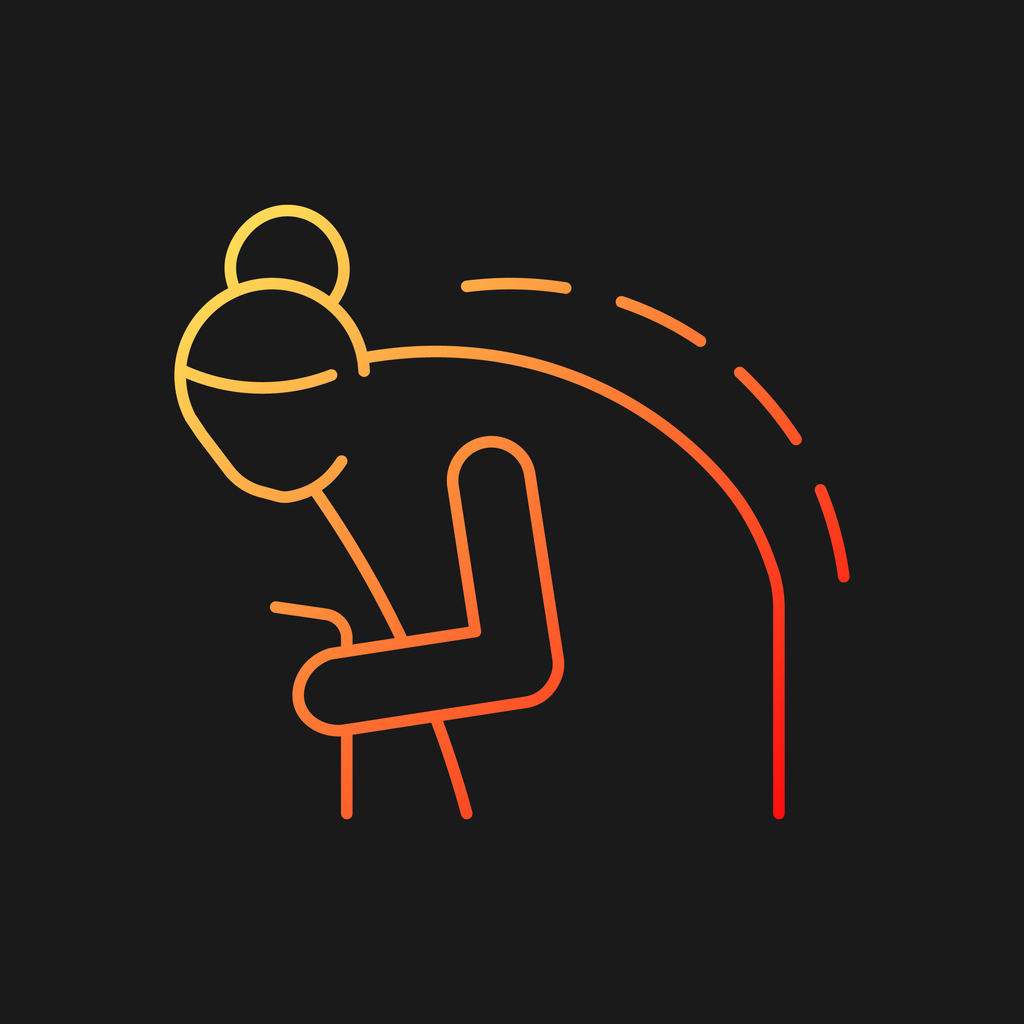Pain
Conventional Medical Treatments for Kyphosis

What is kyphosis?
Kyphosis is a spinal deformity that is characterized by a forward curvature of the vertebrae in the upper back. The natural curve of the spine can bend from 20 to 45 degrees in the upper back. With kyphosis, the spine is abnormally rounded by 50 degrees or more on an X-ray. It may also be referred to as a “hunchback.” There are three types of kyphosis: postural, Scheuermann’s, and congenital.
- Postural kyphosis, the most common type, affects the middle of the back and does not involve malformed vertebrae. However, the curvature is greater than 50 degrees. It may be possible to improve this type of kyphosis with specific exercises.
- Scheuermann’s kyphosis involves vertebrae that have developed a wedge-like shape in the upper back. This variation is more rigid and tends to worsen with growth.
- Congenital kyphosis indicates that one or more vertebrae have a difference in shape. This difference will be present from the time of birth and may become more prominent over time.
Conventional medical treatment for kyphosis
Treatment for kyphosis is typically based on the symptoms experienced. It varies according to age, severity of curve, cause, medical history, and type. The treatment goal is to ensure the curvature does not worsen. Conventional medical treatment may include medications, waiting and watching, bracing, physical therapy, or surgery.
Medications
If pain is present with kyphosis, medication may be needed. This can include over-the-counter pain medicine, such as acetaminophen or non-steroidal anti-inflammatory drugs (NSAIDs). If pain is severe, a stronger pain reliever may be prescribed. Bone-strengthening medication may also be recommended to help prevent spinal fractures.
Watch and wait
If kyphosis of a child who is still growing is mild, regular checkups, repeated physical exams, and X-rays are used to determine the progression of the curve. A health care physician will watch and wait to determine if a brace is needed.
Bracing
If children are actively growing and have a curve that is greater than 65 degrees, a brace may be prescribed. A health care provider will determine the type of brace required and the amount of time to be worn each day. Oftentimes, it is worn up to 23 hours per day until growing is completed.
Physical therapy
Physical therapy can improve functionality through exercises that strengthen the back and core muscles, leading to reduced pain. Additionally, stretching can increase spinal flexibility, manual therapy can boost range of motion, or other treatment plans can be developed. At-home exercise instructions can also be established.
Surgery
In severe cases of kyphosis, surgery may be necessary. Typically, surgery is only needed for those with severe back pain, congenital kyphosis, or Scheuermann’s kyphosis with a curve of more than 75 degrees. The most common surgical procedure for kyphosis is posterior spinal fusion, which can reduce the severity of the curve and prevent it from worsening.
Spinal fusion is a surgical procedure that involves fusing two or more vertebrae permanently together. The spine of an average adult consists of 24 vertebrae (bones). During a spinal fusion, a bone graft or bonelike material is used between spinal bones to create one solid structure with no space. Rods, metal plates, or screws are used to hold the bone and vertebrae in place until they grow together.












